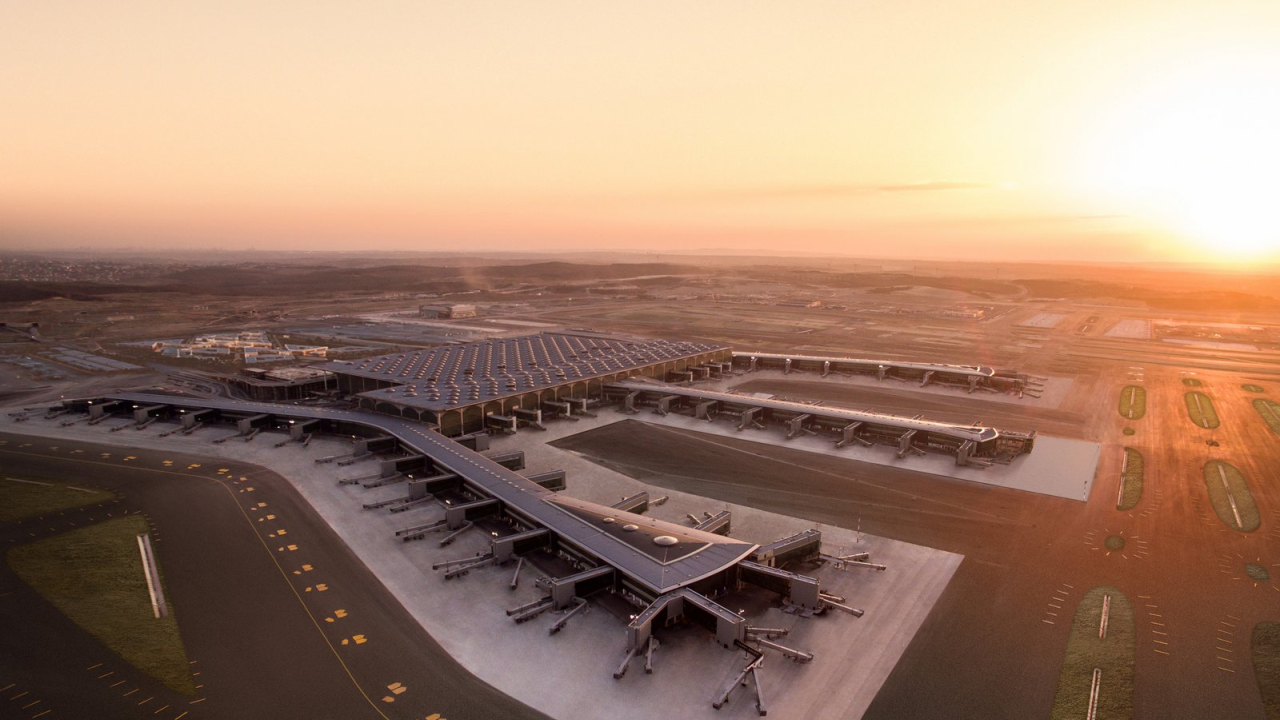Non-aeronautical revenues helping airports' expansion

Dubai Duty Free (DDF) – the world’s biggest airport retail operations –is a classic example.
It raised US$1.7 billion from a consortium of lenders to support Dubai airport’s AED28 billion, fourth phase expansion.
In 2012, the world's largest airport retailer tilled US$1.6 billion in sales generated from 57 million passengers who passed through the world's second busiest airport. While passenger traffic at the Dubai airport increased by 1300 per cent, retail business at DDF rose by 7200 per cent during the three decade period.
“By 2018, when Dubai airport will be handling over 90 million passengers, our retail business will touch AED10 billion and will employ a total of 8000 employees”, says Colm McLoughlin, executive vice chairman of Dubai Duty Free.
“In 2013, we expect our sales to be around US$1.81 billion. In 29 years we’ve never had a year where sales haven’t increased. Even in 2009 — during the global recession — sales increased by three per cent.”
Daniyal Qureshi, event director of the Airport Show 2013, pointed out, "airports have undergone through massive transformation from being just a basic part of aviation infrastructure to outward-facing, business-oriented service providers. The global airport sector has since become more commercialised."
Non-aeronautical revenues can significantly reduce airport operating costs. Profits from non-aeronautical revenues are reinvested in airport infrastructure, reducing capital needs and overall costs. "Exploration of non-aeronautical development at airports is only beginning”, Qureshi explained. “If we build airports models that incorporate multimodal platforms and airport cities, the potential is enormous -and not just for the largest airports".
At the Abu Dhabi Airports Company (ADAC), operator of Abu Dhabi’s five airports, duty free retail revenue reached AED809.5 million in 2012, a 24 per cent increase over 2011. This translates into over 60 per cent increase in the past three years, as Mohammad Al Bulooki, ADAC Chief Commercial Officer (CCO), remarked during the Trinity Forum 2013. Moreover, the retail business is expected to grow over AED1.5 billion by 2017.
Al Bulooki said: “On average at most airports, the non-aeronautical revenues make up for around 20 to 25 per cent. At Abu Dhabi International Airport, more than 50 per cent of revenue comes from duty free and the commercial side –retail sales, the airport hotel, food & beverage.”
Abu Dhabi Duty Free revenue is outgrowing passenger growth. ADAC is building a new iconic 700,000 square metre terminal that will cater to more than 30 million passengers per year. This facility aims to offer a unique experience for customers and the thousands of personnel who work at the airport. If we add to the mix the growth of Etihad Airways and the increase in passenger volumes, the ongoing growth in revenues from Abu Dhabi Duty Free is set to continue.
Oman Airports Management Company (OAMC), which manages and operates airports in Muscat, Salalah and Duqm, has recently signed with Geasar SpA, which manages the Olbia Costa Smeralda Airport in Italy, to cooperate on and improve areas such as non-aeronautical revenues and airport marketing.
Bahrain Duty Free is also expanding to scoop up more non-aeronautical revenues. Projects to enlarge the scope of non-aeronautical revenues are also underway at airports in Kuwait and Saudi Arabia.
Qatar Duty Free is maintaining its powerhouse performance and the opening of the new Doha international airport is expected to balloon its non-aeronautical revenue stream.
Middle East Duty Free Association (MEDFA) president John Sime described Middle East as “a dynamic region, one that is punching above its weight” with sales surging by over 14 per cent in 2011. He said: “The global duty free dynamic is changing, with the Middle East squarely at the centre of this growth.”
Stay up to date
Subscribe to the free Times Aerospace newsletter and receive the latest content every week. We'll never share your email address.

